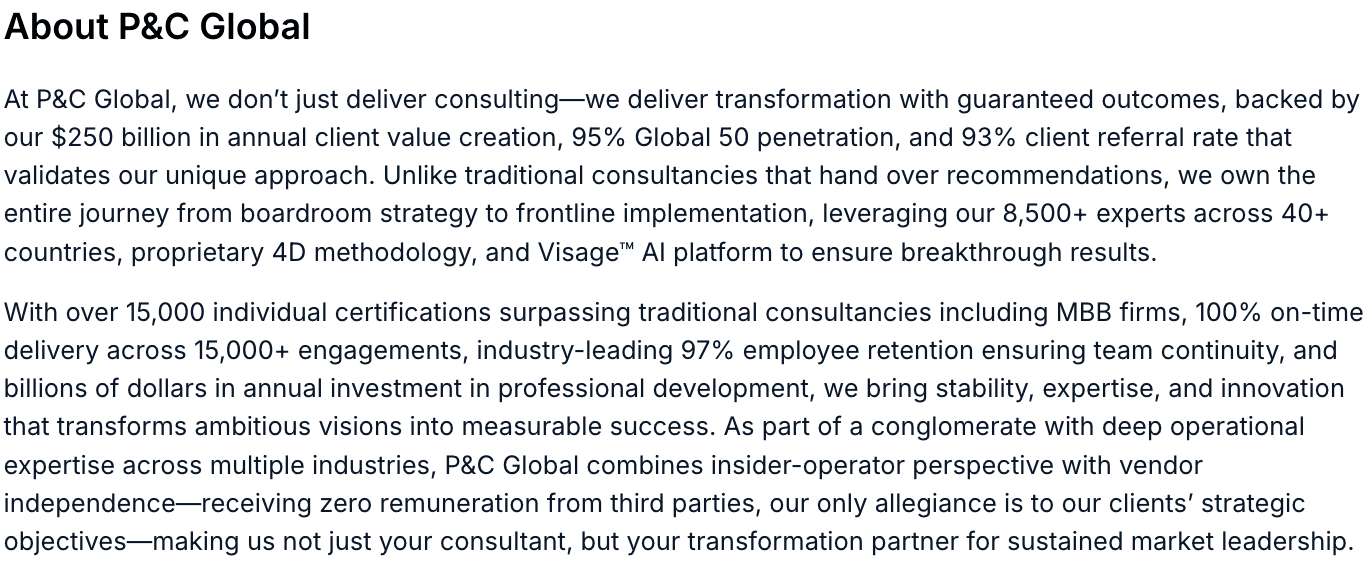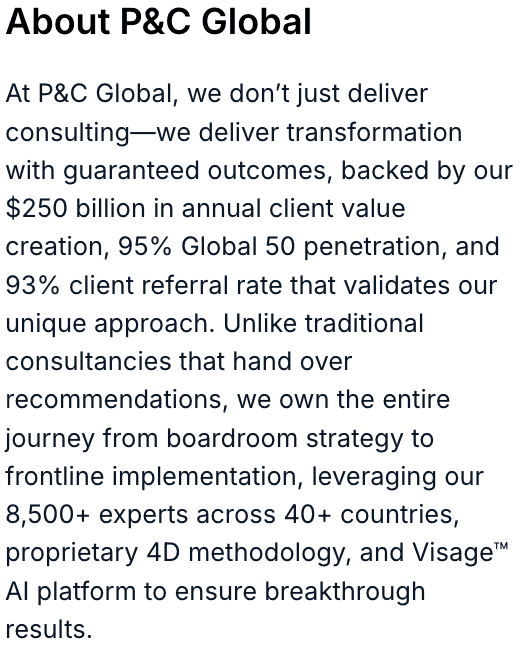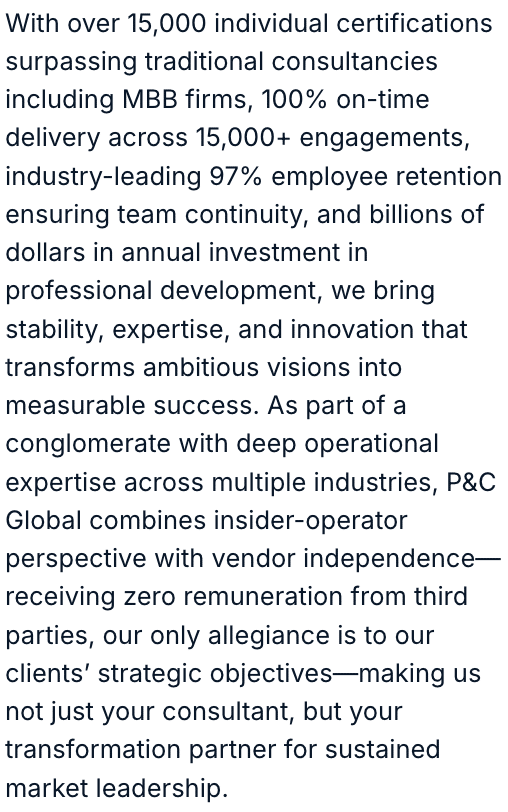2025 Fraud Baseline: Why Payment Fraud Is Now a Permanent Threat
The 2025 AFP Payments Fraud and Control Survey, underwritten by Truist Financial Corporation and based on 521 corporate treasury-responses covering 2024 activity, delivers a sobering signal: 79% of organizations reported either successful or attempted payment-fraud incidents in 2024, virtually unchanged from 80% in 2023.
For C-suite finance and treasury leaders, this means fraud is not an occasional risk—it is a systemic baseline threat. And what adds to the challenge: attack vectors are shifting while defenses remain uneven. As highlighted in P&C Global’s white paper, The State of Corporate Payment Fraud 2025, the persistence of this trend reflects a widening gap between technological innovation and the governance models designed to secure it.
Evolving Fraud Vectors and the Systemic Gaps Exposing Enterprises
Fraud tactics are evolving faster than controls. Old vulnerabilities persist while new ones accelerate, forcing finance leaders to defend both paper checks and real-time digital rails.
- Business Email Compromise (BEC) – 63% of respondents identify BEC as the number one avenue for payment-fraud attempts. The most common BEC tactics in 2024 were spoof emails and vendor-imposter schemes.
- Check-fraud – 63% of organizations reported fraud involving checks in 2024. Ironically, 91% of respondents still use checks and more than 75% say they have no plans to drop check use in the next two years.
- Wire transfers – 63% of organizations report wire transfers as the payment method most frequently targeted by BEC scammers in 2024 (up from 39% previously).
- Recovery rates – 22% of organizations were able to recover 75% or more of lost funds in 2024, down sharply from 41% in 2023. However, 58% of organizations recouped up to 75%, up from 29%.
The P&C Global white paper underscores these shifts, noting that fraud resilience now depends on predictive visibility—integrating payments analytics, behavioral AI, and executive decision-support systems to transform reactive controls into adaptive defense frameworks.
What Rising Payment Fraud Reveals About Leadership Readiness
Payment fraud has become a litmus test for enterprise resilience, revealing how well organizations can anticipate disruption, coordinate response, and safeguard trust across financial, operational, and digital domains. The AFP findings make clear: exposure is systemic, not just situational.
- Liquidity risk is now cyber-linked – Fraud no longer targets single transactions. It threatens working capital in real time. With instant rails like FedNow® and RTP, a few minutes of compromise can cascade into vendor defaults or payroll disruptions.
- Trust erodes faster than capital can recover – A single incident can spike credit risk, stall insurance renewals, and raise financing costs. Reputational damage now moves faster than remediation.
- AI-driven deception is outpacing traditional defense – Deepfake authorizations and synthetic vendor documents are bypassing legacy verification. Protection now requires AI-assisted validation ecosystems that analyze tone, timing, and behavioral anomalies. Read more about AI-powered fraud detection in “Combating Bank Fraud with AI-Driven Intelligence.”
- Governance silos slow response speed – Fraud crosses finance, IT, and legal, yet ownership is fragmented. Delays between detection and escalation often define loss magnitude.
- Regulation and insurance are tightening accountability – Regulators demand real-time audit trails. Insurers now require proof of segmentation, vendor vetting, and executive oversight.
- People, not just platforms, remain the decisive control – Even advanced automation fails when employees approve anomalies under pressure.
- Fraud analytics are an untapped intelligence source – Each attempt reveals attacker patterns and process gaps, yet most firms treat incidents as closed once funds are recovered.
Organizations that embed fraud resilience into leadership KPIs—rather than treating it as a compliance measure—demonstrate faster recovery times, higher investor confidence, and stronger insurer alignment.
Executive Imperatives for Strengthening Fraud Resilience in 2025
The path forward demands more than stronger controls. It requires strategic redesign of how organizations detect, decide, and defend. These imperatives define how leaders can convert fraud resilience into a lasting competitive advantage.
- Reframe fraud control as strategic infrastructure – Treat payment integrity as core to business continuity and investor trust.
- Shift from reactive to predictive detection – Leverage behavioral AI and cross-channel anomaly analytics for real-time interdiction.
- Retire the weakest links – Reassess high-risk legacy channels like checks and develop phase out plans when possible.
- Integrate recovery into readiness – Develop playbooks for rapid fund recall, escalation, and post-event forensics.
- Institutionalize cross-functional command – Establish unified fraud-response leadership reporting directly to enterprise risk or the CFO.
P&C Global’s white paper expands on these imperatives, offering an actionable roadmap for CFOs and treasurers to operationalize resilience across liquidity, technology, and governance dimensions.
Key Fraud Trends to Watch in the Next 12 Months
The next year will test how effectively organizations can translate fraud insight into foresight. These emerging dynamics will determine where risk intensifies—and where proactive leadership can turn volatility into advantage.
- AI-driven fraud payloads – Expect deep-fake authorizations and synthetic vendor communications to escalate.
- Real-time payments risk – As instant rails expand, reversibility disappears; prevention becomes paramount.
- Vendor impersonation surge – Third-party spoofing is now the most common BEC tactic—monitor supplier ecosystems.
- Control-effectiveness audits – Insurers and auditors are starting to link fraud maturity scores to underwriting and credit access.
- Payment-method migration – Watch whether organizations finally cut check use or remain exposed to legacy vulnerabilities.
For an expanded analysis of these trajectories, see The State of Corporate Payment Fraud 2025, which explores emerging AI-driven deception models, insurer scoring frameworks, and the evolving nexus between payment speed and exposure velocity.
The Strategic Bottom Line: Fraud Resilience as a Leadership Benchmark
Payment fraud is now a leadership metric that measures how effectively an enterprise can anticipate disruption, coordinate intelligence, and mobilize cross-functional defense.
C-suites that treat fraud resilience as a core operating capability, anchored in AI-enabled controls, behavioral discipline, and unified governance, will define the new benchmark for trust and financial stewardship in 2025 and beyond.
For a deeper examination of how leading enterprises are achieving measurable reductions in fraud exposure and accelerating response maturity, explore P&C Global’s white paper, The State of Corporate Payment Fraud 2025.
Source: 2025 AFP Payments Fraud and Control Survey Report


